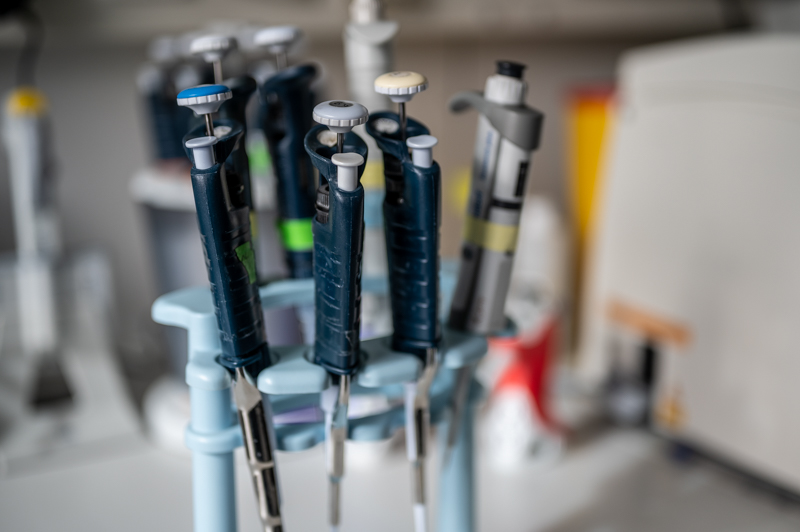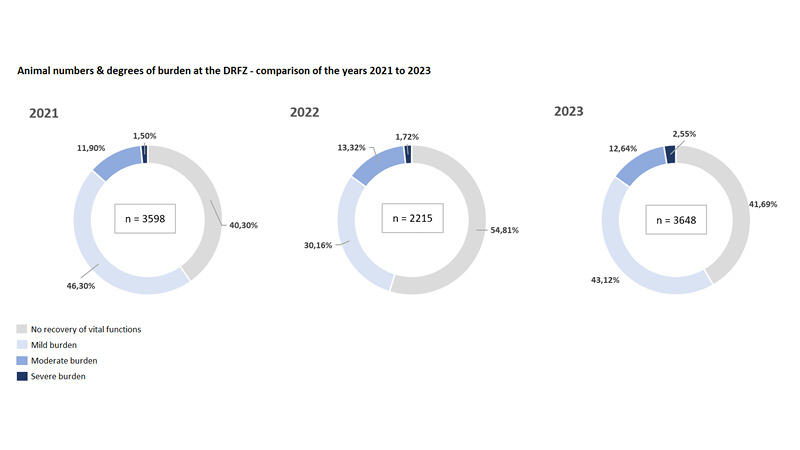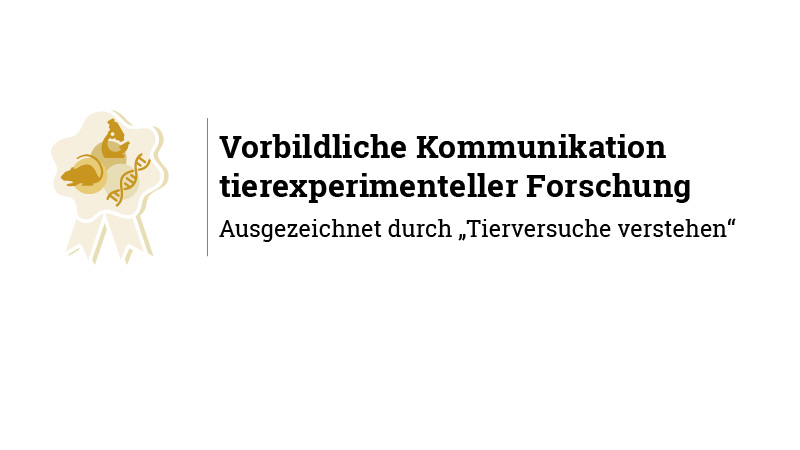
Severity degrees of animal experiments
Numbers & DRFZ Statistics
- In Germany, a total of 2.13 million vertebrate animals were used for scientific research in 2023. This means that the number of laboratory animals in Germany has fallen compared to the previous year (2022: 2.44 million). The total number of animals includes 1.46 million animals used in animal experiments and 672,000 animals that were killed for scientific purposes without prior animal experimentation. Rodents, especially mice and rats, accounted for by far the largest proportion of all laboratory animals, at around 80 %.
- The use of a total of 133,091 laboratory animals in Berlin was reported for 2023, which is around 23 % less than in the previous year (173,470 animals in 2022).
Berlin has long been known as the ‘capital of animal research’. However, the high number of laboratory animals can be explained by the high density of research institutions.
- In 2023, 3648 animals were used for scientific research at the DRFZ. The number has increased compared to the previous year (2215 animals), but is in a similar range to 2021 (3598 animals).
Did you know: For many experiments, it is necessary to determine the genotype of each animal born in order to ensure that only those animals in which the desired genetic modification for the respective scientific question has been inherited are selected for the experiment. In most cases, typing can be carried out from ear punch samples, which are collected during the individual marking of the animals in everyday animal care. However, some characteristics can only be determined by analysing blood samples. In the European Union, taking blood samples for this purpose is classified as animal experimentation. This means that the number of laboratory animals quickly increases when a new experimental project begins at an institute in which all bred animals have to be typed in advance by taking blood samples. This is also the reason for the strong fluctuations in the number of laboratory animals at the DRFZ in recent years. While one project ended in 2021 due to the need to determine the genotype, a new project was started in 2023.











